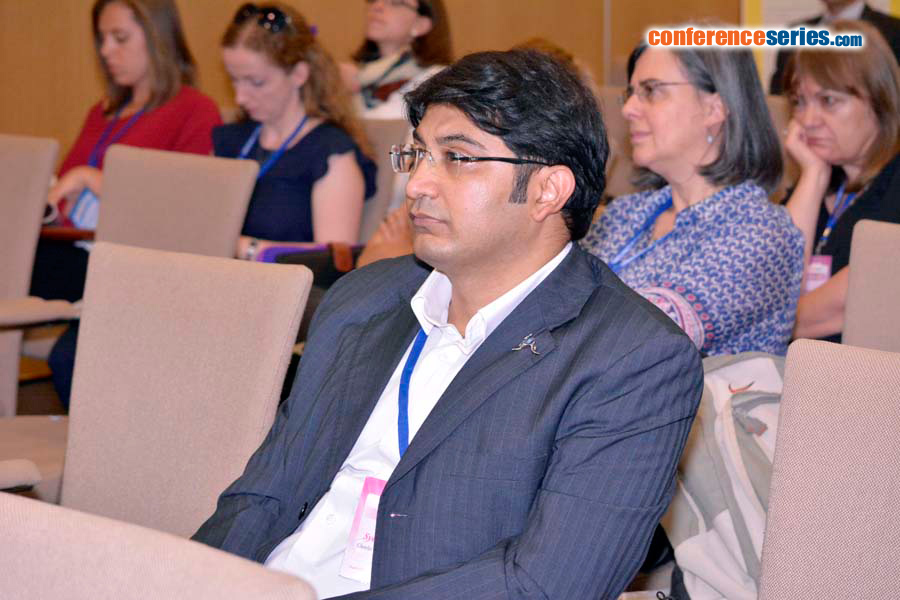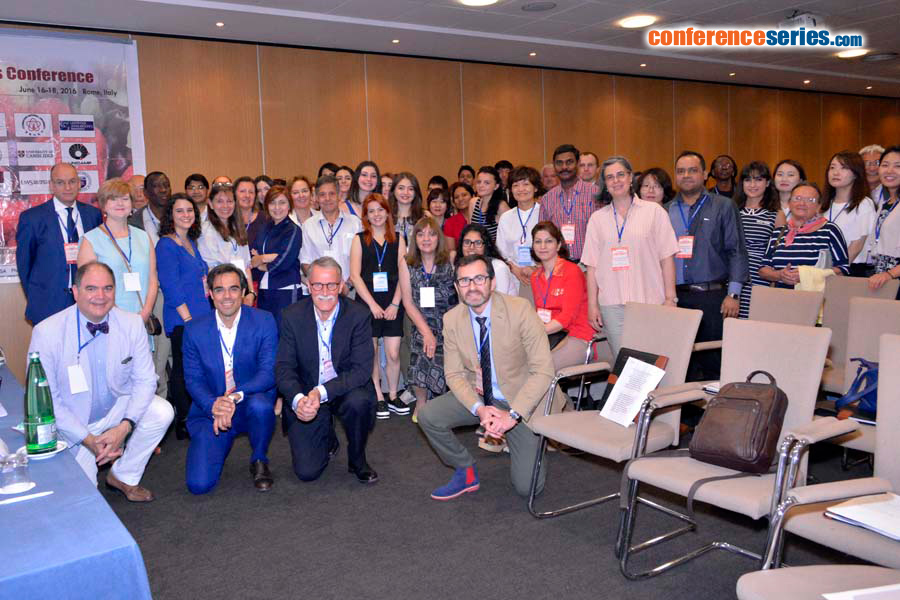
Syed Haris Omar
Charles Sturt University, Australia
Title: Olive: A Therapeutic Agent Against Alzheimer's Disease
Biography
Biography: Syed Haris Omar
Abstract
Neurological disorders, including Alzheimer’s disease (AD) can quite often be due to a deficiency or abnormality in the diet. AD is a huge global burden, affecting 44 million people worldwide and that this will grow to more than 100 million cases by 2050. There are 342,000 Australians living with dementia and expected to soar to almost 900,000 by 2050. Currently, no treatment and cure for AD, while the available US Food and Drug Administration (FDA) approved medication delay the condition's development. Due to the severity in side effect and narrow therapeutic effect, recent studies suggested dietary recommendation for AD including the minimize intake of saturated fats and trans fats, and increase the intake of vegetables, legumes, fruits, and whole grains. Olive (Olea europaea) fruit, leaves and extra virgin oil are a good sources of unsaturated fatty acids and phenolic compounds, offering a number of health beneficial activities mainly attributed to their antioxidant and free radical-scavenging activity. Studies have shown that people who closely follow a Mediterranean diet (contains olive) are less likely to experience cognitive decline. The evidence continues to climb showing olive oil, particularly the phenolic compounds have multiple benefits for the aging brain. Despite the huge and increasing amount of the in vitro studies trying to unravel the mechanisms of action of biophenols, bioavailability, biotransformation, synergism, and finally the mechanisms of antioxidant activity are still unanswered. The neuroprotective effects of these olive biophenols in the various in vitro and preclinical models of AD are highlighted.


